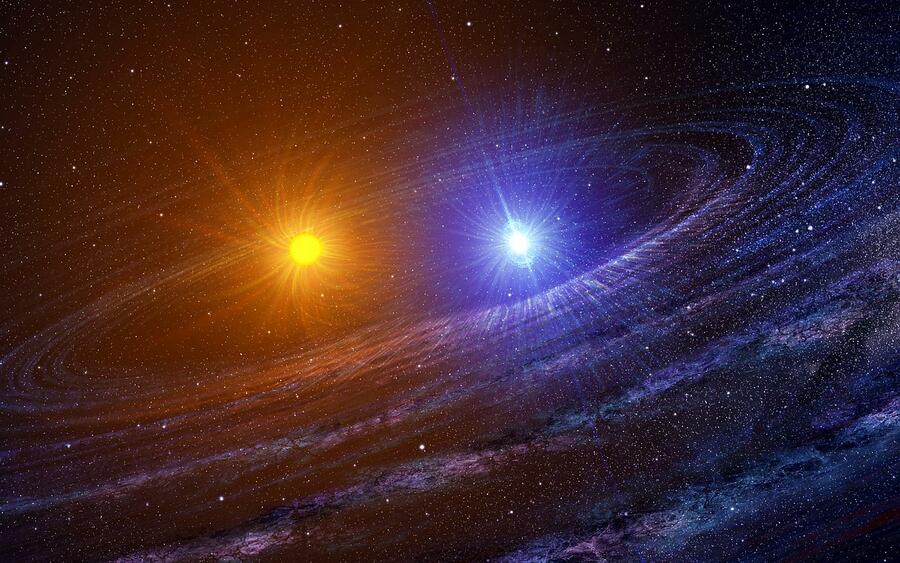In astrophysics, gamma-ray binaries such as LS 5039 are among the most extreme objects known. Consisting of a giant star and a compact stellar companion, presumably a neutron star, the system emits broadband non-thermal radiation reaching up to very-high-energy gamma-rays. However, the physical processes involved cannot be observed directly and the mathematical complexity of the problem prevents analytical solutions. Therefore, numerical modelling and simulation are required in order to understand these physical processes.
Assoz.-Prof. Dr. Ralf Kissmann of the Computational Astroparticle Physics group at the Institute for Astro- and Particle Physics was granted a PRACE project for simulating the wind interaction, acceleration of high-energy particles, and subsequent production of gamma radiation in LS 5039. Working closely with the FZ HPC, the simulations will run on Tier-0 supercomputer Joliot-Curie Rome at GENCI/CEA, France, powered by AMD EPYC processors and reaching a performance of 22 Petaflops (quadrillion floating-point operations) per second.
Key Information:
- Project duration: October 1st 2020 - September 30th 2021
- Computing time: ~27 million core hours on Joliot-Curie Rome
- PI: Ralf Kissmann (Computational Astroparticle Physics)
- Co-PIs: David Huber (Experimental Astroparticle Physics), Philipp Gschwandtner (FZ-HPC)
